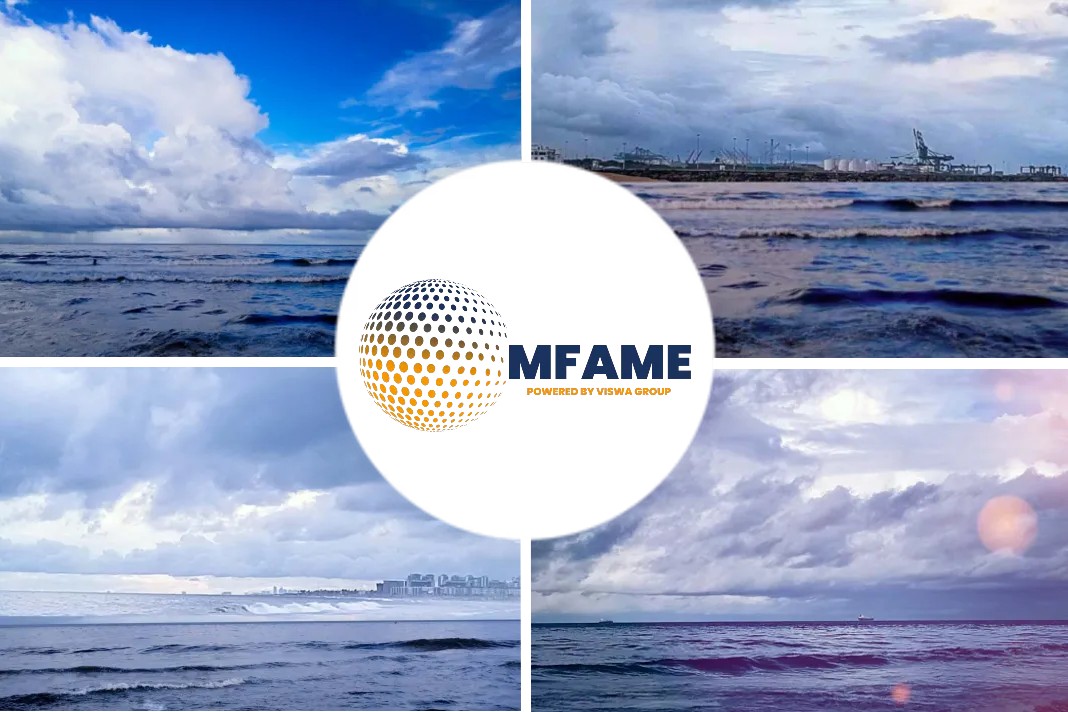- Brazil’s largest integrated port and maritime logistics operator Wilson Sons said it is building four tugs that will reduce nitrogen oxides (NOx) emissions by more than 75%.
- The IMO Tier III vessels were developed by Damen Shipyards Group and are being built at Wilson Sons’ shipyard in Guarujá.
- The new tugboats will comply with the requirements of some regions of the North American and European markets, determined by the IMO as emission control areas.
- The newbuilds will also incorporate another pioneer technology, the “twin fin”, a set of fins that increases the drag capacity during maneuvers and improves overall performance.
Brazil’s largest integrated port and maritime logistics operator Wilson Sons said it is building four tugs that will reduce nitrogen oxides (NOx) emissions by more than 75%, says an article published in Marine Link.
Nox slashing tugs
The IMO Tier III vessels were developed by Damen Shipyards Group and are being built at Wilson Sons’ shipyard in Guarujá. The total cost to implement IMO Tier III standards is US$290,000.
“Nitrogen oxide is a greenhouse gas, which can be 300 times more polluting than carbon dioxide itself. Tier III is a great differential of this project and shows how much we are in the vanguard of the Brazilian naval industry,” said Rodrigo Bastos, director of operations of the Wilson Sons’ towage unit.
With this technology, the new tugboats will comply with the requirements of some regions of the North American and European markets, determined by the International Maritime Organization (IMO) as emission control areas.
“The IMO, of which Brazil is a signatory, has been advancing the strategy to reduce greenhouse gas emissions in the maritime sector. Wilson Sons is being a pioneer in Brazil in meeting the requirements of Tier III standard, since it is not a requirement for the national territory, anticipating an eventual regulation in the country,” Bastos added.
New tugs boats in action
The first of the four new tugs is scheduled to enter service in February 2022, followed by the second in August. Each of the vessels will be 25 meters long and 13 meters wide, with Escort Tug class notation and 80 tons of bollard pull.
The newbuilds will also incorporate another pioneer technology, the “twin fin”, a set of fins that increases the drag capacity during maneuvers and improves overall performance. With this, for the same traction, less power is demanded and, consequently, there is a reduction in fuel consumption and emissions.
Did you subscribe to our daily newsletter?
It’s Free! Click here to Subscribe!
Source: Marine Link





















